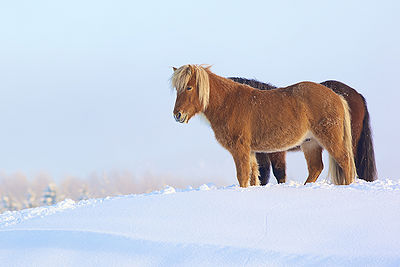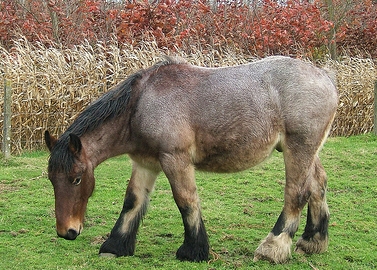White Line Disease (WLD), is caused by a fungus.
The fungi attack the outermost layer (stratum corneum) of the epidermis’s intermediate layer. They eat away the membrane which secures the hoof wall to sensitive areas deep in the hoof’s center. This results in debris and air lining the tissues and separating them. WLD is sometimes called hollow hoof syndrome because when the hoof wall is tapped, it makes a hollow sound.
Treating this disease requires adherence to a foot care program, proper diet and attention to the environment. The late farrier Burney Chapman recommended this aggressive treatment for WLD.
Consultations together with your vet and farrier can set up a foot care protocol for the individual horse depending on the amount of damage. Treatment aim is to kill the fungi and spores.
The area is opened and dried using a topical such as chlorine dioxide or gentian violet The hoof wall will be debrided (removal of necrotic tissue). Bone support will be provided to help the horse bear weight. The farrier will trim the hoof and use a shoe that will give a heel-first landing to the foot.
Many horses with WLD suffer with EMS (equine metabolic syndrome) and are insulin resistant. Diet play a significant role in treatment. A low carbohydrate, low calorie diet is usually recommended.
Exercise and environment are crucial in the treatment program. With poor blood circulation, horses need exercise to stimulate blood flow. A horse that spends too much time in the stall and is stationary encourages the growth of WLD and other pathogens. Providing even a small paddock provides exercise.
Research continues into current practices in treating hoof problems including the affects of different types of bedding and footing. Hopefully this will result in new and better ways to treat and prevent WLD and other hoof diseases.


